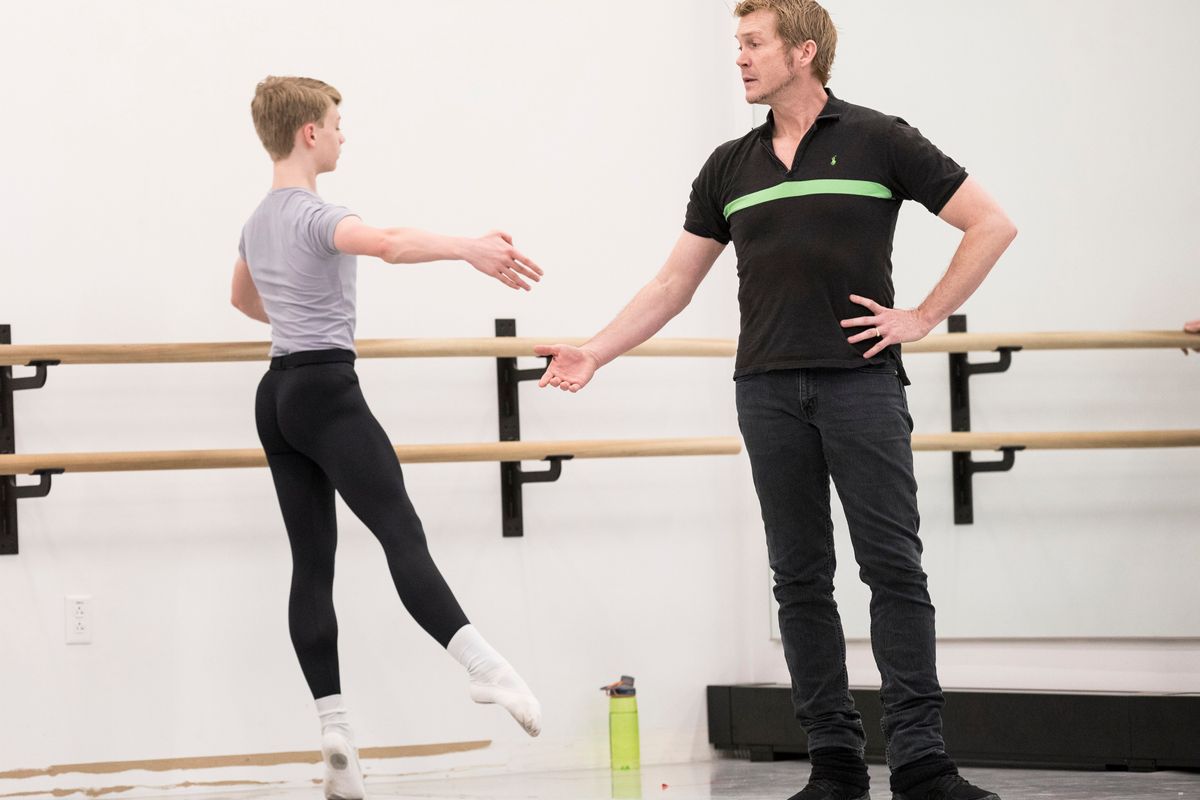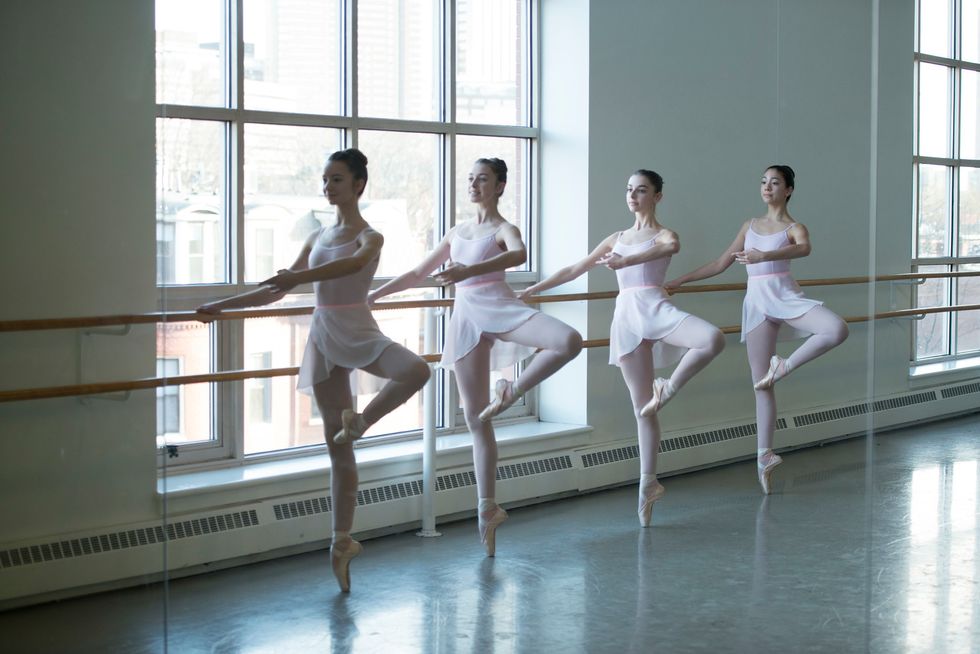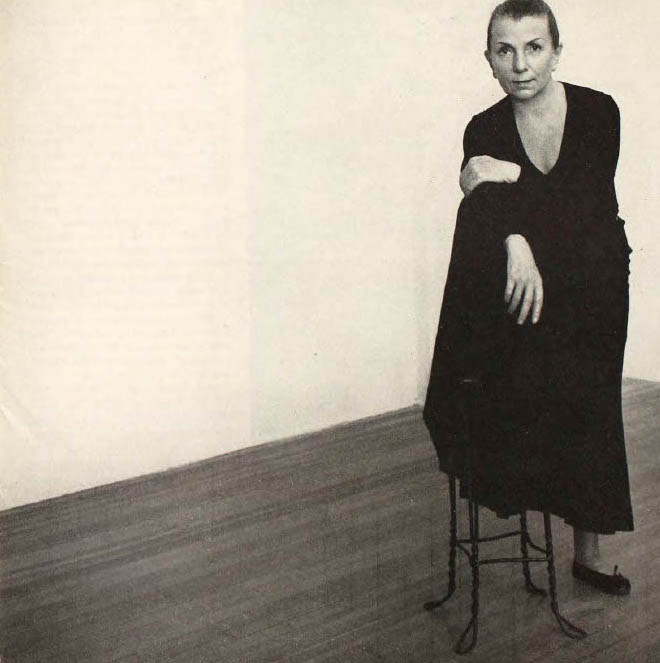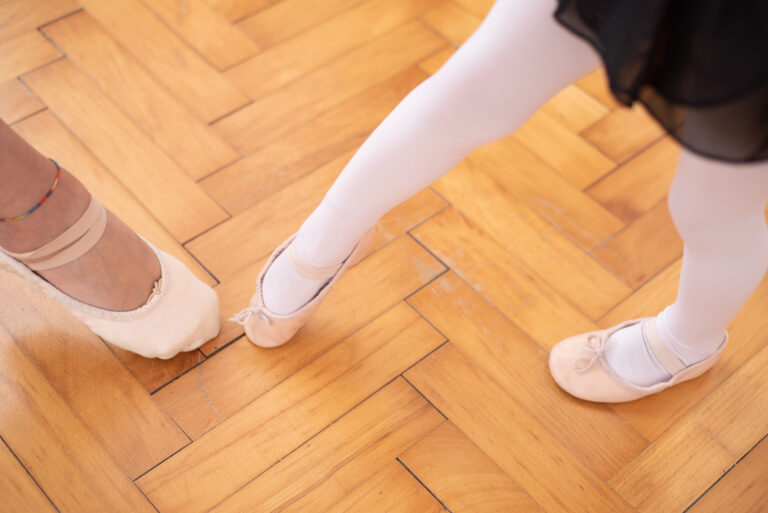
Jeffrey Rogers, faculty teacher at Ballet West Academy, remembers working with a student who struggled to find control on demi-pointe. “The boy had very arched feet and hyperextended legs, and tended to sink into his lower back,” he says. Rogers focused on posture and weight placement until the boy stood upright and lifted, with his spine and pelvis in a neutral position. “When he started thinking of pressing the balls of his feet into the ground,” says Rogers, “he found his relevé and balance at the same time.”
A strong demi-pointe is a sign of good, healthy technique that enables students to achieve a full range of steps. While dancers might not always get the height they want, they can work toward a lifted relevé that looks aesthetically pleasing and feels stable at the same time. Teachers can help by focusing on good placement and nurturing a balance of strength and flexibility, even with their youngest dancers.
1. Maintain alignment
At Hubbard Street Dance Chicago’s Youth Dance Program, teacher Mary Tarpley uses the word “stackability” to describe the foundation of a good relevé. “The toes should be flat on the floor, with the metatarsals aiming for a 90-degree bend,” she says. “The front of the ankle should be over the ball of the foot, making a straight line that leads all the way up the leg.” Tarpley tells students to imagine that their body position in relevé is tall and aligned, like a fully intact Jenga tower.
Dancers should be careful not to roll to their little toes on demi-pointe, because it could cause ankle sprains and other injuries. Rolling toward the big toe, or pronating, could cause bunion problems and put unnecessary strain on ankle and knee joints. Miranda Weese, children’s ballet master at Boston Ballet School, asks students to keep their weight centered over the second toe. “It puts dancers in a more balanced position and allows their muscles to pull up and create the highest line,” says Weese.

Photo by Igor Burlak, courtesy of Boston Ballet
2. Build strength
Dancers need strength to maintain a strong demi-pointe, especially on one foot. “Relevés are incredible strength builders, but it’s how they’re done—not how many you do—that makes you stronger,” says Weese. She instructs dancers to pull up and think of wrapping muscles around from the tops of the hips and down through the seat and backs of the legs. “Have them do deep pliés and stretch their calves in between repetitions and after exercises,” she says.
Rogers gives several combinations on relevé in class, like frappé, adagio and grands battements. “Don’t go horribly slow,” he says, “but keep a steady tempo so that students can think about placement and make sure the knee is tracking over the toes, hips are lifted and weight’s not in the heel.” He suggests that dancers push into the ground and press to demi-pointe—not jump. Working on relevé throughout class builds strength, stamina and good muscle memory.
3. Gain height
Not all dancers have flexible metatarsals, toe joints or ankles that bend sufficiently for a high demi-pointe. But they can work toward developing their personal best range of motion over time. To increase mobility, Tarpley has students sit on the floor and stretch their legs in front of them. “We keep the ankle pointed and just point and relax the toes to work on flexibility,” she says. “If dancers push for a high relevé before they have the flexion or strength, they’ll most likely sickle the foot and risk injury.”
Tarpley also encourages teachers to develop a path for each student, with the understanding that achieving a high demi-pointe is not an overnight fix. “Motivate them to go a centimeter higher each time so they break the habit of hanging back on a low relevé,” says Tarpley. “They need to stay persistent and keep pushing, so that their best demi-pointe will eventually become second nature.”




